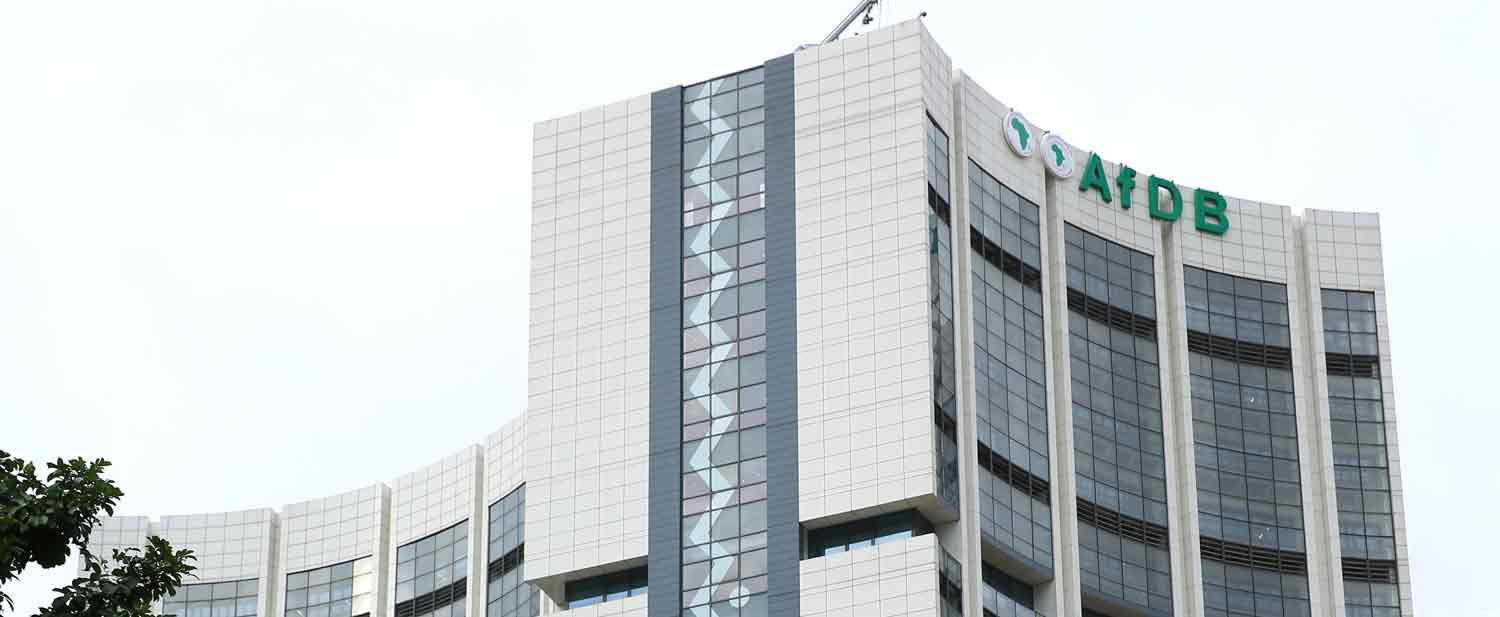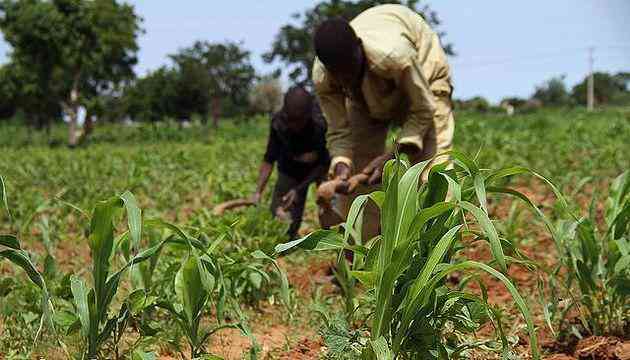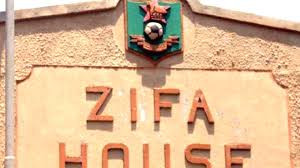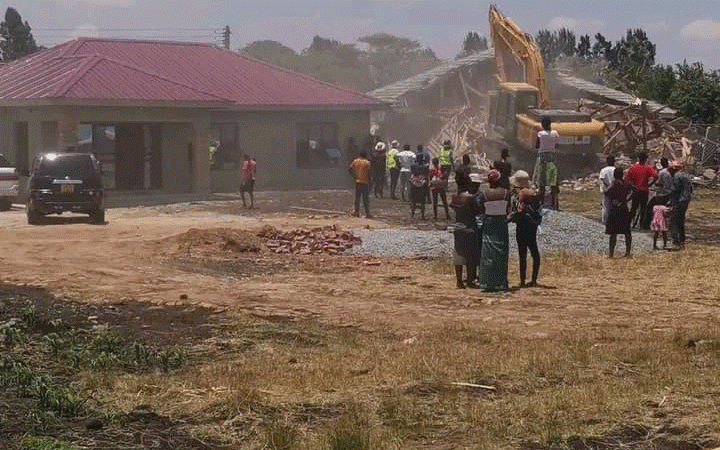
A PAN African banking institution has flagged Zimbabwe’s financing gap estimated at US$3,7 billion as a stumbling block in the country’s march towards an upper-middle-income economy by 2030.
Vision 2030 is President Emmerson Mnangagwa’s grand plan, which is literally being abused by allies in a bid to extend his term beyond the constitutionally-mandated two five-year terms, which end in 2028.
Upper-middle-income economies are those with a gross national income per capita between US$4 466 and US$13 845, according to the World Bank.
In a country focus report titled Driving Zimbabwe’s Transformation: The Reform of the Global Financial Architecture, the African Development Bank (AfDB) said substantial financial resources were required for Zimbabwe to achieve meaningful structural transformation.
“The AfDB estimates that Zimbabwe has an estimated annual financing gap equivalent to 13,4% of GDP [gross domestic product] [US$3,7 billion] and 2,3% of GDP (US$0,66 billion) to achieve the desired structural transformation by 2030 and 2063, respectively,” the bank said.
“The magnitude of these estimated financing needs and gaps casts doubt on the ability of Zimbabwe to mobilise these financial resources. This is mainly because Zimbabwe remains in a peculiar situation owing to its long outstanding, unsustainable debt.”
According to AfDB, at the centre of Zimbabwe’s economic problems is a public debt of US$21,9 billion at the end of 2023, which has blocked access to concessionary lending from international financial institutions.
The economy needs patient external capital for infrastructural projects, which it can’t access from multilateral lenders at concessionary rates due to the country’s debt problem.
- Renault hands Russian assets to Moscow
- New perspectives: Building capacity of agricultural players in Zim
- News in depth: Mnangagwa’s push for $12 billion mining industry imperils communities
- New perspectives: Building capacity of agricultural players in Zim
Keep Reading
The experiment of using internal resources has backfired and was blamed for crowding out the private sector and fuelling the rout of the Zimdollar, demonetised in April.
Contractors paid in local currency would turn to the parallel market, which saw exchange rates on the alternative market shooting through the roof.
The high public debt has increased the country’s perceived risk and the cost of capital from financiers that are stilling lending to Zimbabwe.
We see the AfDB report as a timely reminder that Zimbabwe's elephant in the room is a high public debt.
It is also a rude awakening on a government dreaming of meeting the Vision 2030 targets.
The AfDB report should embolden Zimbabwe to pursue the arrears clearance and debt resolution programme to the letter.
The wheels have been moving slowly encumbered by government’s half-hearted approach in implementing the housekeeping issues that accompany the programme such as governance reforms.
It has ticked most of the boxes on economic reforms, but it's found wanting on governance reforms.
Zimbabwe’s failure to hold free and fair elections last year despite Mnangagwa’s pledge to deliver a credible poll has affected the country’s score on governance.
New United States ambassador to Zimbabwe Pamela Tremont last month said the world’s biggest economy would only back Zimbabwe if the Mnangagwa administration ticked all boxes on governance and democracy.
Zimbabwe needs to align its vision with new realities.
Anything short of that is living a lie which will haunt the country for eternity.











